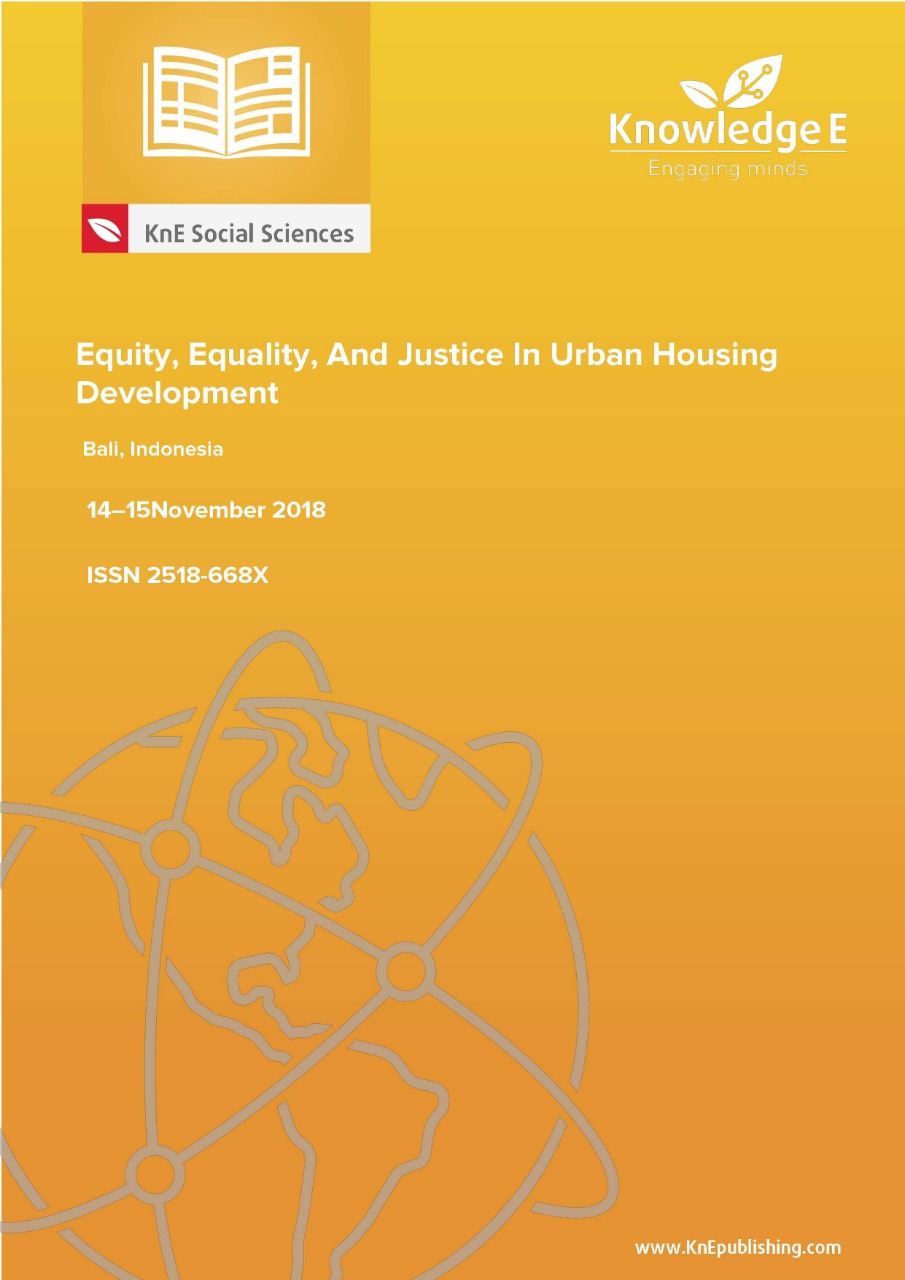The Vulnerable Socioeconomic Conflict on the Gate Community Neighborhood in Makassar
DOI:
https://doi.org/10.18502/kss.v3i21.4995Abstract
As a developing country, Indonesia has a tolerant society. Nonetheless, demands are currently rising for exclusive real estate models which are bounded from the vicinity by ring-fenced or portals. Understanding the socio-economic conflict is essential for developing urban housing at the gated community. This research is focused on the gate community housing in Makassar, which represents the condition of cities in Indonesia. The study combines both quantitative-qualitative analysis and spatial analysis. The data collection was obtained by observation and interviewing the neighborhood community. The data analysis uses triangulate combinations, which are essential performance analysis (IPA), Participatory Rural Appraisal (PRA), and the system information of geography analysis. The results show from 272 real estates in the city of Makassar there are 85.7percent of the gate communities in the city of Makassar which all show vulnerability to socio-economic conflicts. Although, the level of exclusivity increases, the socio-economic interactions tied between gate community residents and non-residents prevent social conflict from emerging.

